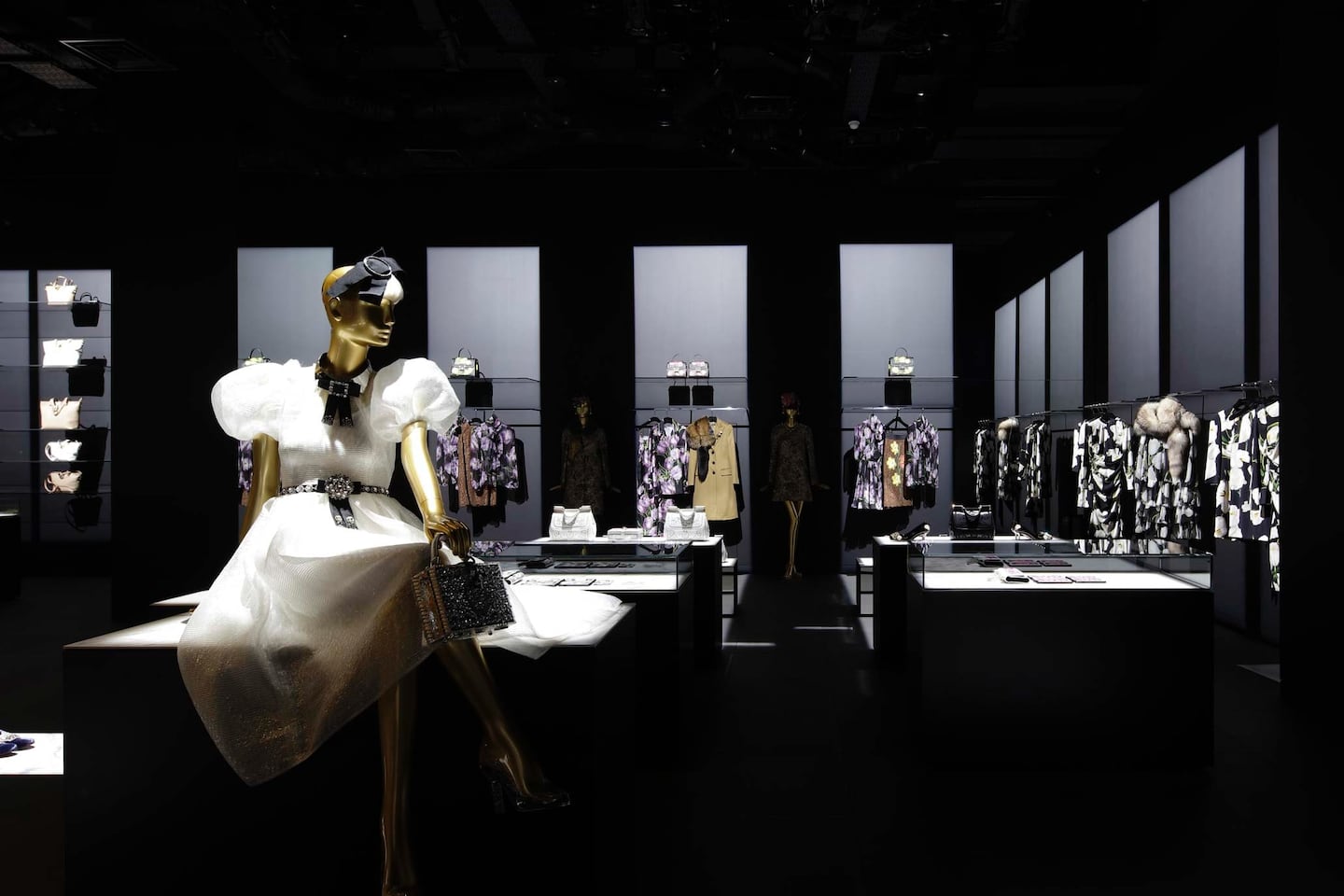
The Business of Fashion
Agenda-setting intelligence, analysis and advice for the global fashion community.

Agenda-setting intelligence, analysis and advice for the global fashion community.

MILAN, Italy — Dolce & Gabbana is to embark on a global overhaul of its directly operated retail network, starting with the opening of a new experience space in Milan on September 24th.
The Italian fashion house’s announcement marks a growing trend for brands to create a localised destination for customers, shifting away from the standardisation strategy long favoured by large global retailers, which traditionally rolls out a uniform store format, merchandise mix and marketing strategy.
Dolce & Gabbana said the move marks the end of the “concept store philosophy,” in favour of a new formula where “experience and storytelling,” is the focus. It currently has 222 monobrand stores across 41 countries, some of which will change to the new format and some that will remain as they are.
“The fashion system is going through an evolution,” Domenico Dolce tells BoF. “Many customers are travelling a lot, one day they are in London, another day in Milan… and if you have the same store in London, exactly like Milan, with the same clothes, it’s like déjà vu for the customer.”
ADVERTISEMENT
“Customers want more than just goods — more than just clothes and accessories— and they long for experiences in different places, and a point of view,” he says, adding that the company’s new stores are a natural place to try new strategies that accommodate wider changes in the fashion industry.
If you have the same store in London, exactly like Milan, with the same clothes, it's like déjà vu for the customer.
The new Milan boutique – which stretches over 1,600 square metres — will open during Milan Fashion Week. Two floors are dedicated to its womenswear collections, accessories, fine jewellery and watches and one floor to its menswear. The space is designed to reflect the historical importance of the city and its Baroque surroundings.
Dolce & Gabbana will also open further experience spaces in St Barts, London, Brussels, Monte Carlo, Venice, Beijing, Los Angeles and Dubai — each of which will be uniquely designed to reflect its location and local customers, as well as providing a different perspective of the brand to international clientele. This year, the company has already renovated three stores in Tokyo, Capri and Porto Cervo.
Dolce said the company stopped opening new locations around four years ago, after he and Stefano Gabbana decided to rethink the format of their stores. For the new experience spaces, the company has worked with five architectural firms, including Storage Associati, Steven Harris and Gwenaël Nicolas' Curiosity.
Designing each space was a completely different experience for architect Gwenaël Nicolas, who was commissioned to create the new experience spaces in Milan and Tokyo.
“Milan is very much a symbol of all that is Italian and Dolce & Gabanna’s work,” he tells BoF. “On the other hand, when Domenico asked me to design for Tokyo, he wanted me to [create] something very unique.”
Nicolas, who has also designed boutiques for Fendi, believes more and more brands will begin to reconsider their retail strategies in the future.
“Everybody talks about experience, but [in] how many spaces you do really feel there is a unique experience? Every retail space is the same basically. It’s a hangar with shelves and everything,” he says. “The time has come when everybody will jump to do something really unique.”
Related articles:
[ 7 Lessons For Retail in the Age of E-CommerceOpens in new window ]
[ Op-Ed | In a Digital World, Physical Retail Matters More Than EverOpens in new window ]
As the German sportswear giant taps surging demand for its Samba and Gazelle sneakers, it’s also taking steps to spread its bets ahead of peak interest.
A profitable, multi-trillion dollar fashion industry populated with brands that generate minimal economic and environmental waste is within our reach, argues Lawrence Lenihan.
RFID technology has made self-checkout far more efficient than traditional scanning kiosks at retailers like Zara and Uniqlo, but the industry at large hesitates to fully embrace the innovation over concerns of theft and customer engagement.
The company has continued to struggle with growing “at scale” and issued a warning in February that revenue may not start increasing again until the fourth quarter.